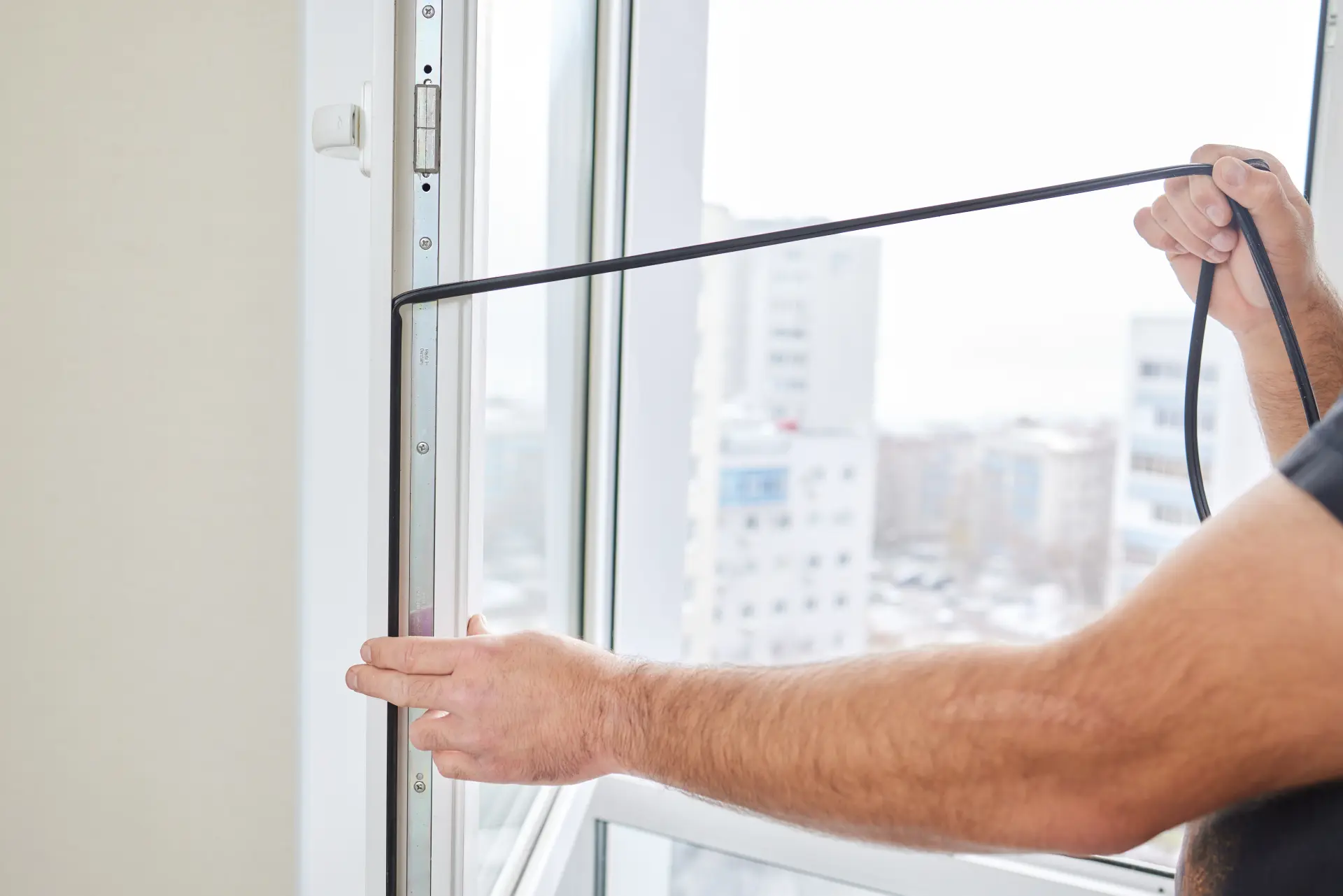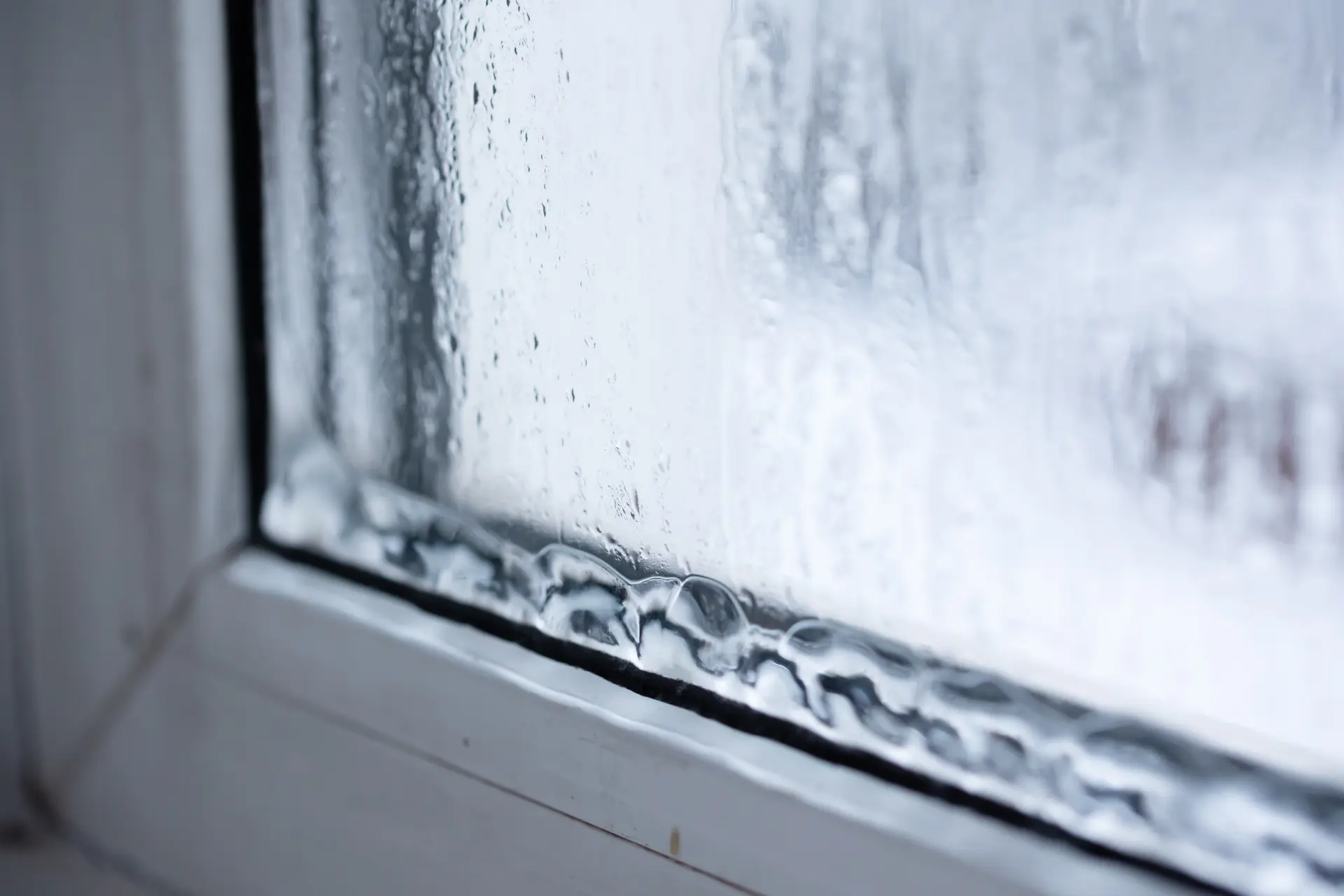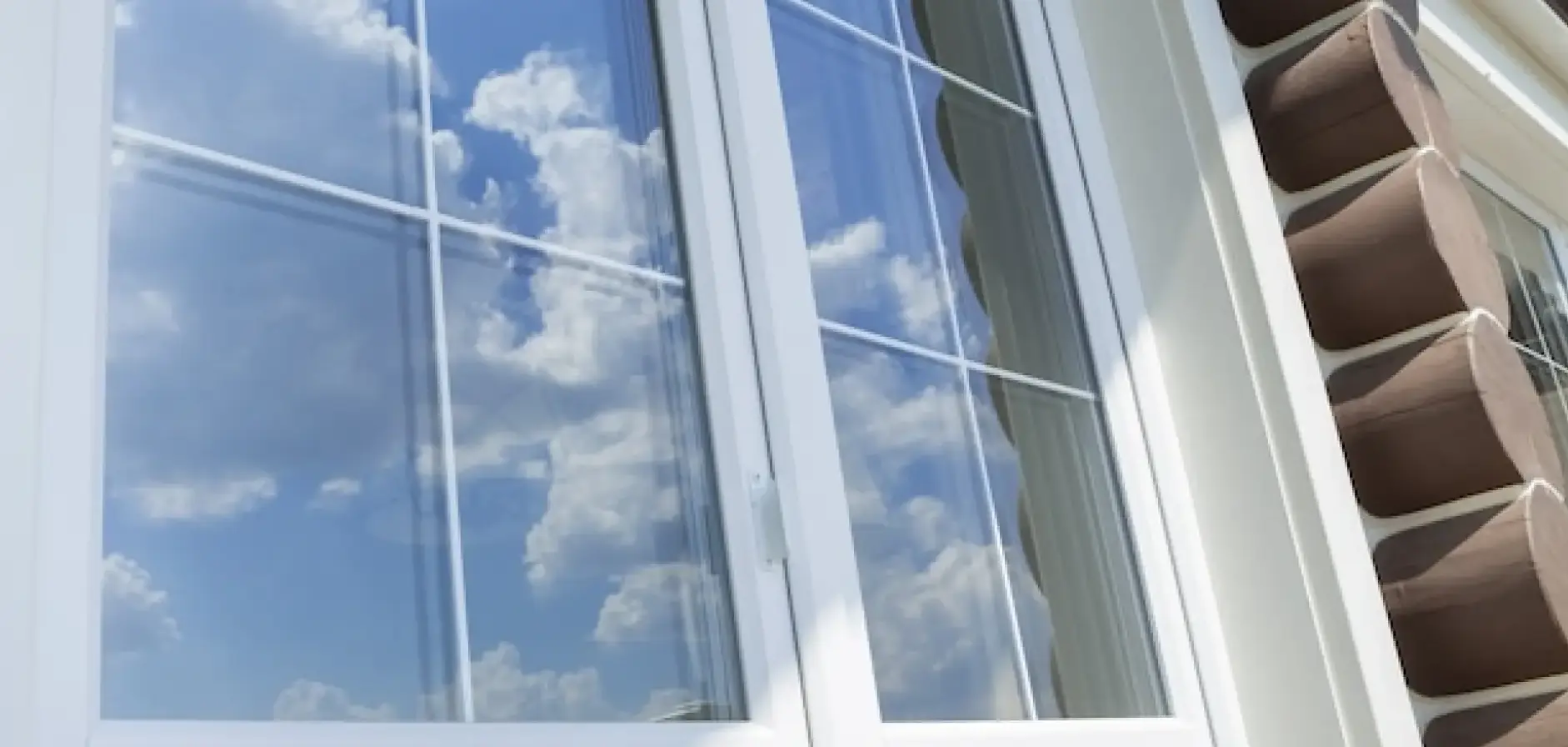Discover why does double glazing get misted and how seal failure causes foggy windows. Learn solutions to restore clear, energy-efficient double glazing today.
How Double Glazing Works
Double glazing is made up of two strong panes of glass with their own sealed gap between them. These gaps are usually filled with air or an inert gas like argon. This gas is denser than air and helps reduce the transfer of heat and cold.
Each pane may have a low-emissivity (Low-E) coating that reflects heat back into the room while letting plenty of light through. The space between the panes slows down heat loss by reducing both conduction (heat passing through materials) and convection (movement of warm air). It also helps keep the inner glass warmer, lowering the chance of condensation inside the home.
A spacer bar separates the panes and contains a drying agent to absorb any moisture left during assembly. The whole unit is then sealed tightly to make sure air and water are kept out. If this seal breaks, the gas can escape, and moisture can get in, causing misting between the panes.
Common Causes of Seal Failure
Seal failure in double glazing often occurs due to natural wear over time. Exposure to sunlight, rain, wind and temperature changes can slowly break down the window sealant.
As the glass and frame expand and contract with heating and cooling, the constant movement places stress on the seal. This can eventually lead to small gaps forming, which is one of the ways moisture can enter the space between the panes. Older windows are more likely to fail simply because the materials have aged and weakened.

Other causes include poor installation and manufacturing faults. If you notice that your window is not fitted correctly or if the frame is not level, pressure may be uneven across the seal.
In some cases, low-quality spacer bars or sealants used during production can lead to early failure.
Physical damage, such as knocks or cracks to the glass or frame, can also break the seal.
Once damaged, the gas inside can escape, and moisture may enter, leading to misting or condensation between the panes.
Signs That Your Windows Are Misted
One of the most noticeable signs that you may come across with your double glazing is misting, which is a foggy or cloudy appearance between the two panes of glass. This mist is trapped inside the sealed unit and cannot be cleaned off from either the inside or outside of the window.
You may also begin to see small water droplets, streaks or patches of moisture that move slightly but never clear fully. In some cases, a white or milky film may appear and gradually spread across the glass. This can make the window look dirty or dull, even when the outer surfaces are clean.
As the misting gets worse, the glass may appear to lose its transparency, reducing the amount of natural light entering the room. As time passes, you may find that the moisture causes staining or damage to the internal surfaces of the glass, which further affects how the window looks and performs.
Misted windows also lose their ability to keep heat in and cold out, meaning they are no longer energy efficient. These signs are a strong indication that the seal has failed and the window unit needs repair or replacement.
When to Worry About Misted Glass
Misted glass is more than just an appearance problem. If you notice cloudiness, streaks or water droplets between the panes that do not clear, it usually means the seal has failed. This allows moisture to get inside the unit, which means the window is no longer working as it should.
The insulating gas may have escaped, reducing the window’s ability to keep heat in and cold out. Such instances can result in a chillier home and higher heating costs.

You should be concerned if the misting gets worse, spreads across more of the glass, or if the window begins to look stained or permanently foggy.
Less light may enter the room, and the trapped moisture can even lead to mould or damage around the frame.
There are many signs that show that your unit is failing and should be inspected. Replacing the glass or sealed unit will restore the window’s energy efficiency and keep your home more comfortable.
The Difference Between Inside and Outside Condensation
Condensation on windows can appear on the inside, outside, or between the panes, and each type means something different. Whereas, condensation on the outside of the window is usually a sign that the glass is working well. It mostly happens when the outer pane is cooler than the air outside, typically on cold mornings, and it clears on its own as the glass warms up.
Condensation on the inside tends to form on the inner surface of the window and is a sign of too much moisture in the home. This can be caused by a number of things, such as cooking, washing, or poor ventilation, and may lead to mould if not managed.
If condensation appears between the panes, it means the seal has failed and the double-glazing unit is no longer sealed properly. This is the type of condensation that indicates that your window must be repaired or replaced soon.
Are you looking for a trusted double glazing company in Maidstone, Tonbridge, Kent and the surrounding areas? At Window Fix Direct Kent, we offer a range of double glazing services - all provided by our team of professional specialists.





